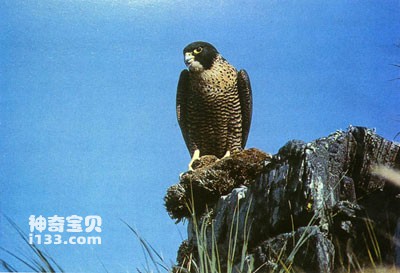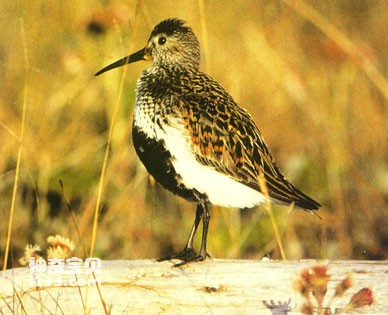It is estimated that there are more than 9,000 species of birds on the earth, divided into 27 orders and more than 160 families. So, what species of birds are associated with the Arctic? According to statistics, there are more than 120 species of birds in the Arctic, most of which are migratory birds and 12 species are resident birds. In Antarctica, there are only 43 species of birds, and the permanent residents are probably only penguins and skuas. Whether penguins are birds or not is still controversial.

Arctic migratory bird migration route map

Arctic Iron-clawed Eagle
About 1/6 of all birds living in the Northern Hemisphere go to the Arctic to breed. According to a bird expert who has observed and studied Arctic grasslands for more than 10 years, in the Arctic region of Alaska alone, migratory birds from all over the world have settled here. For example, eiders are from the Aleutian Islands, tundra swans are from the east coast of the Americas, brent geese are from Mexico, Sebeni gulls are from Chile, wheatears are from East Africa, short-tailed gulls are from Tasmania, and sandpipers are from Malaysia and China. East Coast. In other words, the Arctic is the paradise and homeland for almost all migratory birds in the world. This is because the Arctic not only has vast grasslands and abundant food, but also has a quiet and clean environment with little human interference, while the Antarctic does not have this condition. Therefore, migratory birds in Antarctica can only migrate short distances north and south in the vicinity. The albatrosses that fly the farthest can migrate long distances around the Antarctic, but they do not fly north. Many migratory birds in the southern hemisphere would rather fly tens of thousands of miles to the North Pole to spend the winter than die in the Antarctic.

Sandpiper from China
Therefore, for the bird kingdom, the Arctic is the center of its activities, while the Antarctic is at best a territory that few birds are willing to visit.
animal tags:
We created this article in conjunction with AI technology, then made sure it was fact-checked and edited by a Animals Top editor.